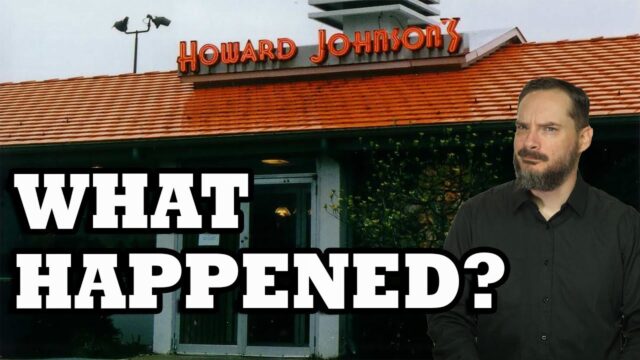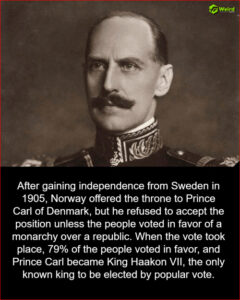“From Beloved Beacon to Forgotten Relic: Unraveling the Astonishing Decline of Howard Johnson’s Empire”
Thus, to try to adjust for the loss of traveler sales with the rise of fast-food, some Howard Johnson’s locations moved away from highways and into populated centers. They also began experimenting with revamping other aspects of the restaurants, like some locations offering 24 hour service similar to many diners, opening cocktail lounges for hangouts, as well as expanded seating.
Next up, right around the time Howard Johnson himself died in 1972, the nation experienced a major recession, followed by equally major gas shortages, all keeping people from traveling or eating out as much. Note, at this point some 85% of revenues for the company were still generated from travelers.
With the revenues on the decline, the younger Johnson then began a series of moves that only accelerated the company’s demise. First, ceasing all expansion efforts. Johnson would state of this, “My expansion plans got stalled in the 1974 oil embargo. I overreacted. I stopped all expansion, and once you stop, you know how hard it is to get the monster going again.”
Second, Johnson began analyzing how to cut costs, noting that they were spending about 48% of their gross revenues on the food itself. So, in an effort to try to compete better with the likes of McDonald’s and other such fast-food chains in prices, he tried to find ways to reduce food costs and number of employees at each location. In so doing, he extremely quickly torpedoed the quality of food and service you could find at a Howard Johnson’s, and consumers noticed… Rapidly.










